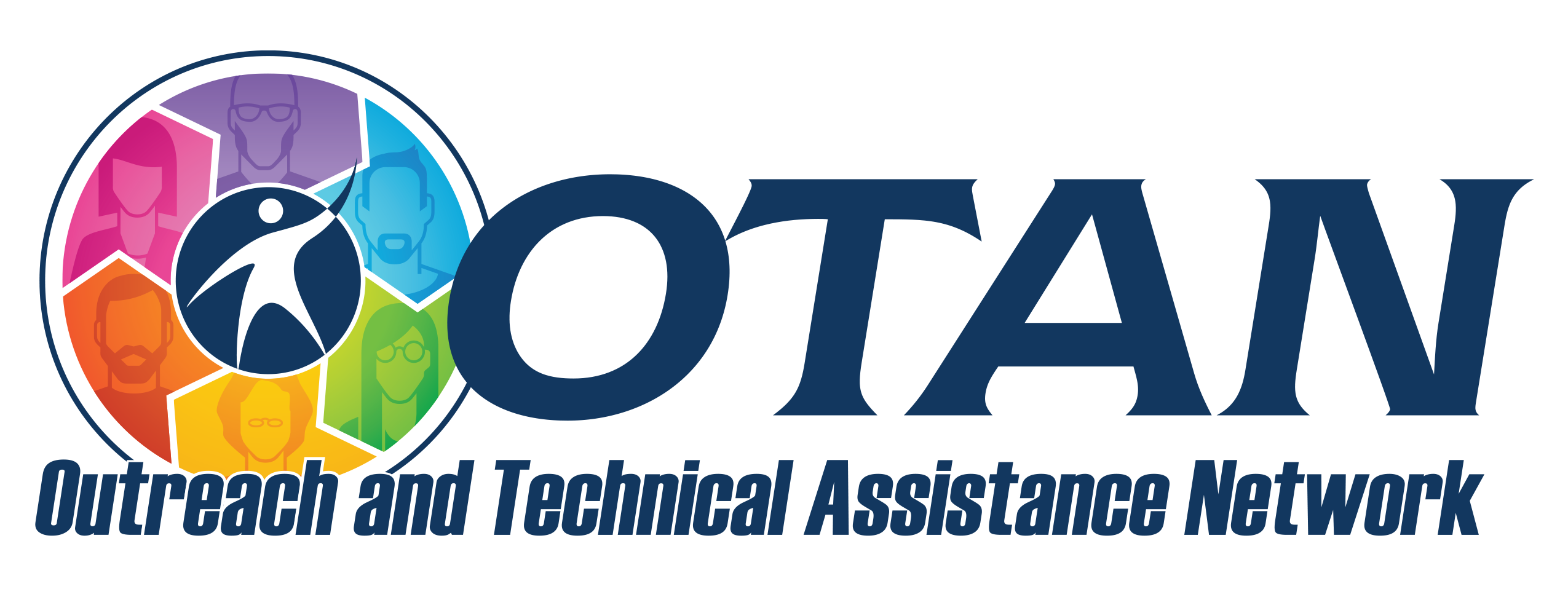OTAN News
As a Principal, I Thought I Promoted Psychological Safety. Then a Colleague Spoke Up.
When communication breaks trust between a colleague, what are some ideas about how to fix the relationship? This blog post written by Damen Scott shares a personal experience where he unwittingly “disregarded [his] colleague’s need to feel supported due to [his] own internalized pressure to perform.”
His colleague approached him after a very psychologically unsafe meeting, where she felt, “interrogated, disempowered, and iced out. Instead of direct and efficient, she read me as cold and curt. In turn, she closed off to protect her own sense of well-being.” Principal Scott realized he had “created a wall that only he could tear down. As her leader, it was his job to fix it.” As human beings, we say the wrong things, have bad days, and make mistakes. He wondered what he should do to recover and rebuild trust between this person and his team?
To start, he stopped the negative self-talk about how he thought others perceived him. And he decided to use this misstep as an opportunity to become stronger.
How?
He revisited the concept of psychological safety. True psychological safety exists when “the conditions within an organization allow for interpersonal risk-taking.” To summarize, a healthy team “normalizes error, have open communication and welcome healthy debate and discourse.” When a team feels psychologically safe, this leads to a “culture of freedom and autonomy, which can motivate individuals and teams to do their best.”
Once Scott revisited the literature on what leaders can do to provide psychological safety in the workplace, he learned a key component is to “recognize and account for the wide range of life experiences and perspectives in a group.” This requires a leader to be much more intentional. He set in place a formula to address his challenge: collect the data, distill the trends, and construct a plan of action and accountability.
Due to this formula, Scott met with his team more frequently, particularly his leadership team. He simplified their deliverables, so he spent more time listening and less time talking. He cultivated a safe environment where “each felt seen, heard and valued consistently.” With active listening, he gained “greater perception, information and insight into their mindsets, while also developing a heightened sense of empathy and belonging.” This allowed him to learn more about his own blind spots and leadership.
Scott developed a pathway toward reestablishing psychological safety with Patrick Lencioni’s First Team Concept – which prioritizes “collective, rather than siloed, decision-making” process which made a huge difference.
Developing an emphasis on “solving problems and making decisions as a team, helped mitigate feelings of isolation and disempowerment across the team.” This learning transferred to “deeper collaboration and greater knowledge sharing across departments and people.” A principal, leader, has the power to “disrupt and interrupt patterns of inequality and inequity, even after perpetuating them.” Principal Scott is determined to continue creating and maintaining psychological safety.

Image by Mystic Art Design from Pixabay

